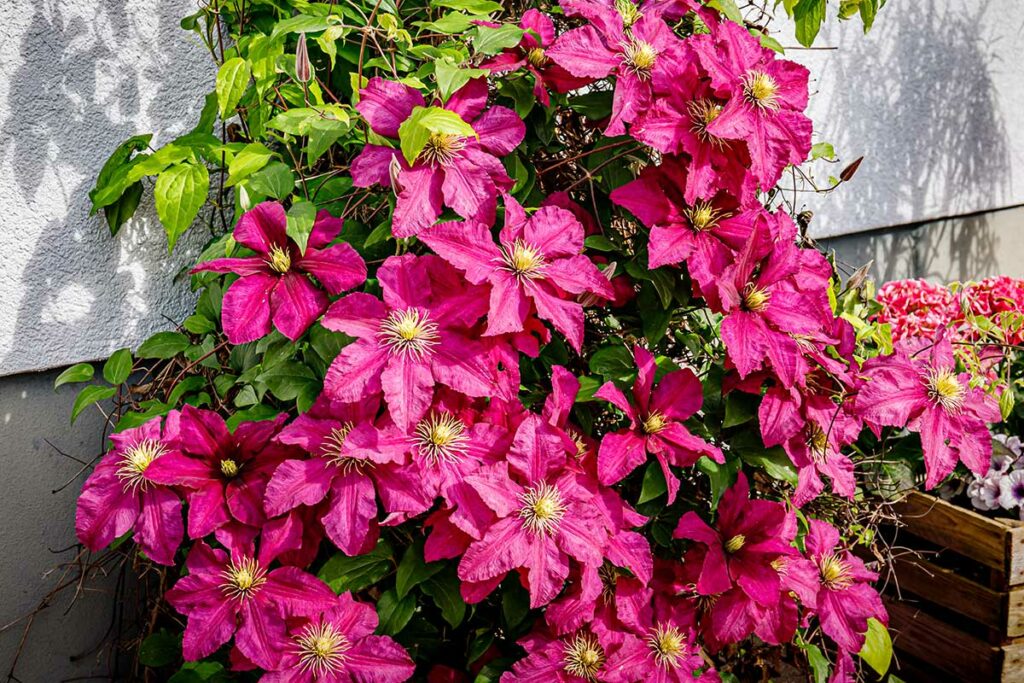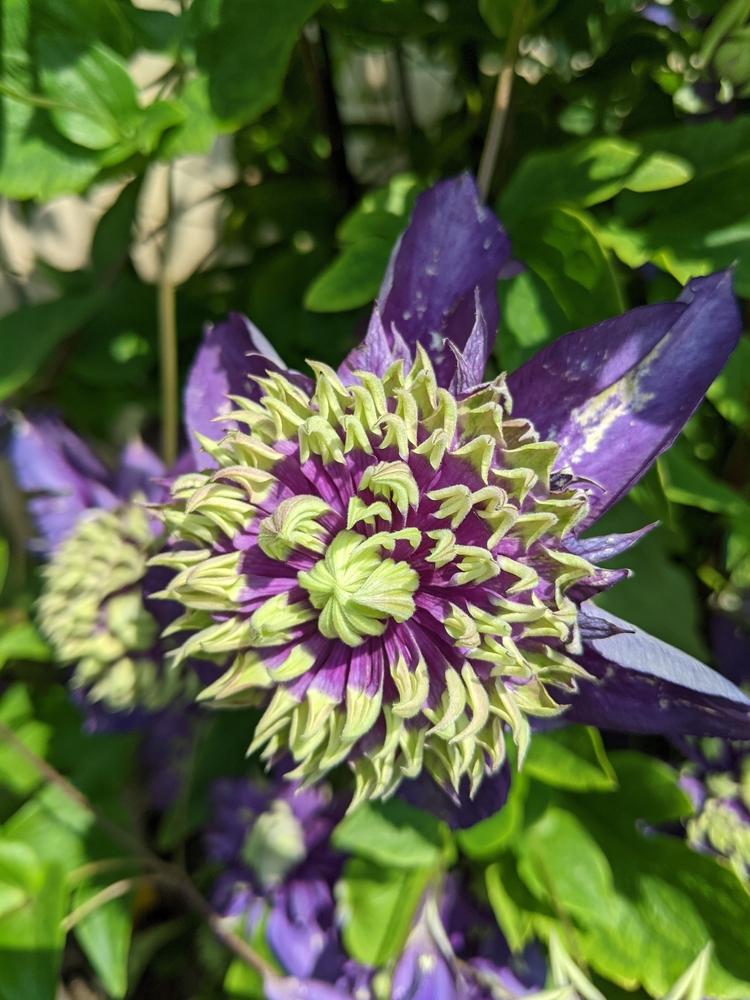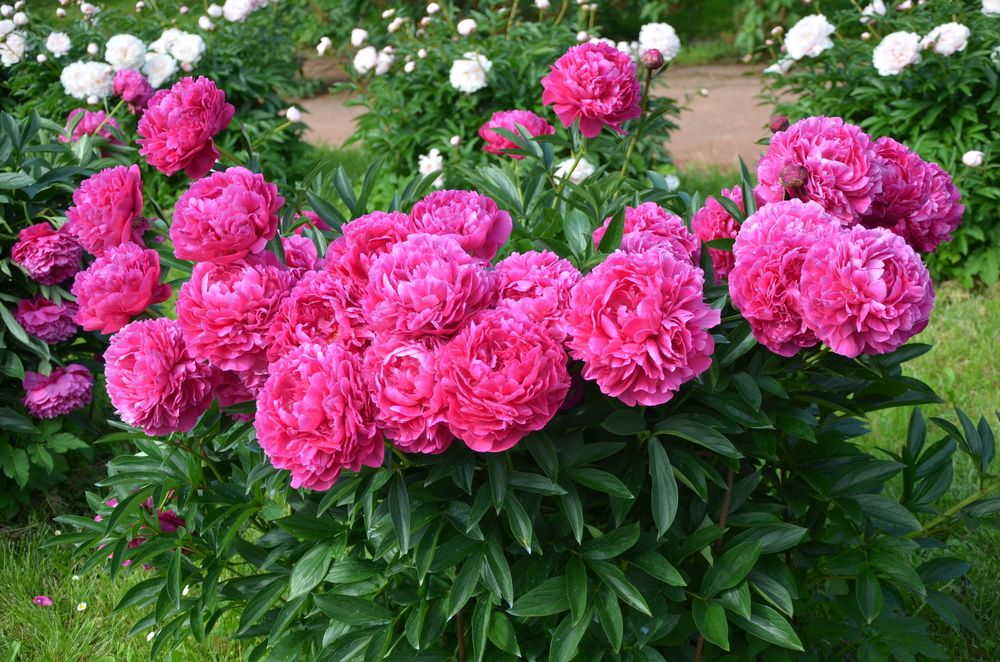
Winter isn’t just a time for gardens to rest. It’s the perfect opportunity to prepare your plants for a spectacular growing season ahead.
Smart pruning during the dormant months can make the difference between an average garden and one that truly thrives.
Here’s your comprehensive guide to winter pruning that will set your garden up for success.
1. Roses

Every rose enthusiast knows that timing is everything. Late winter is the ideal moment to shape these beloved bloomers, just before they wake up from dormancy. Focus on removing dead or crossing branches to improve air circulation.
For bush roses, cut back to an outward-facing bud at a 45-degree angle. Climbing varieties need gentler handling – remove only spent flowering stems and tie in new shoots to support structures.
2. Group 3 Clematis

These late-summer showstoppers are among the easiest vines to maintain. Unlike their spring-flowering cousins, Group 3 clematis thrive on a dramatic February haircut.
Don’t be shy – cut these vigorous climbers back to about 10 cm (4 inches) above ground level.
This bold approach triggers strong new growth and ensures abundant blooms when summer arrives.
3. Hydrangeas (Panicle and Smooth)

Not all hydrangeas need the same care. Panicle (H. paniculata) and smooth hydrangeas (H. arborescens) bloom on fresh growth, making winter pruning essential. Cut these varieties back to a sturdy framework that can support those gorgeous, heavy flower heads. Remember that old wood won’t produce blooms on these types, so don’t feel guilty about being generous with your pruners.
4. Fruit Bushes

Your berry patch needs attention now for sweet rewards later. Blackcurrants, gooseberries, and other fruiting bushes benefit from strategic winter pruning.
Target old, unproductive wood to make way for vigorous new growth. The goal is to maintain an open, goblet-shaped structure that allows sunlight to reach all branches. This approach maximizes fruit production and makes harvesting easier.
5. Grapevines

Winter dormancy is crucial for successful grapevine pruning. Mid-winter cuts prevent sap bleeding, which can weaken these vigorous climbers. Train main rods along support wires and cut back side shoots to create a strong framework. This disciplined approach channels the plant’s energy into producing better fruit rather than excessive foliage.
6. Wisteria

These spectacular climbers require a two-step pruning approach. The winter cut focuses on those whippy side shoots – reduce them to three or four buds from the main branches. This might seem severe, but it’s the secret to those breathtaking flower cascades. Your reward will be a tidier plant with a stronger flowering performance.
7. Butterfly Bush (Buddleja)

Don’t let their delicate summer flowers fool you. Butterfly bushes are tough plants that respond well to assertive winter pruning. Cut back the previous year’s growth to create a compact framework. This rejuvenation ensures bigger blooms and prevents your butterfly bush from becoming too woody or sprawling.
8. Crape Myrtles

These stunning trees benefit from thoughtful winter attention. Focus on removing crossing branches and interior twigs to enhance air circulation. Don’t fall for “crape murder” – the harmful practice of topping these beautiful trees. Instead, maintain their natural form while removing dead or diseased wood to promote healthy spring growth.
9. Hostas

While technically dormant, winter care for hostas goes beyond mere cleanup. Cut back those withered leaves right down to the crown. This isn’t just about aesthetics – removing old foliage eliminates hiding spots for slugs and snails. Your hostas will emerge stronger in spring without having to compete with garden pests.
10. Peonies

These long-lived perennials need minimal care, but timing is crucial. Wait for the first frost before cutting stems back to ground level. Clean cuts a few inches above the soil prevent disease issues and give peony eyes (growth buds) the space they need to emerge. This simple task sets the stage for those gorgeous spring blooms.
Essential Winter Pruning Tips:
- Always use clean, sharp tools to prevent disease spread
- Make cuts at a slight angle to allow water runoff
- Remove dead, diseased, or crossing branches first
- Consider the natural shape of each plant
- Save heavy pruning for full dormancy
- Dispose of diseased material properly – don’t compost it
When Not to Prune:
- During freezing temperatures
- On wet or frosty days
- When disease might easily spread
- If you’re unsure about the plant variety
Remember, winter pruning isn’t about getting everything perfect. It’s about giving your plants the best possible start for the growing season ahead. Each cut you make is an investment in your garden’s future beauty and health.
Take your time, observe your plants, and don’t be afraid to step back occasionally to assess your work. With these guidelines and a bit of practice, you’ll develop the confidence to help your garden thrive through proper winter pruning.













